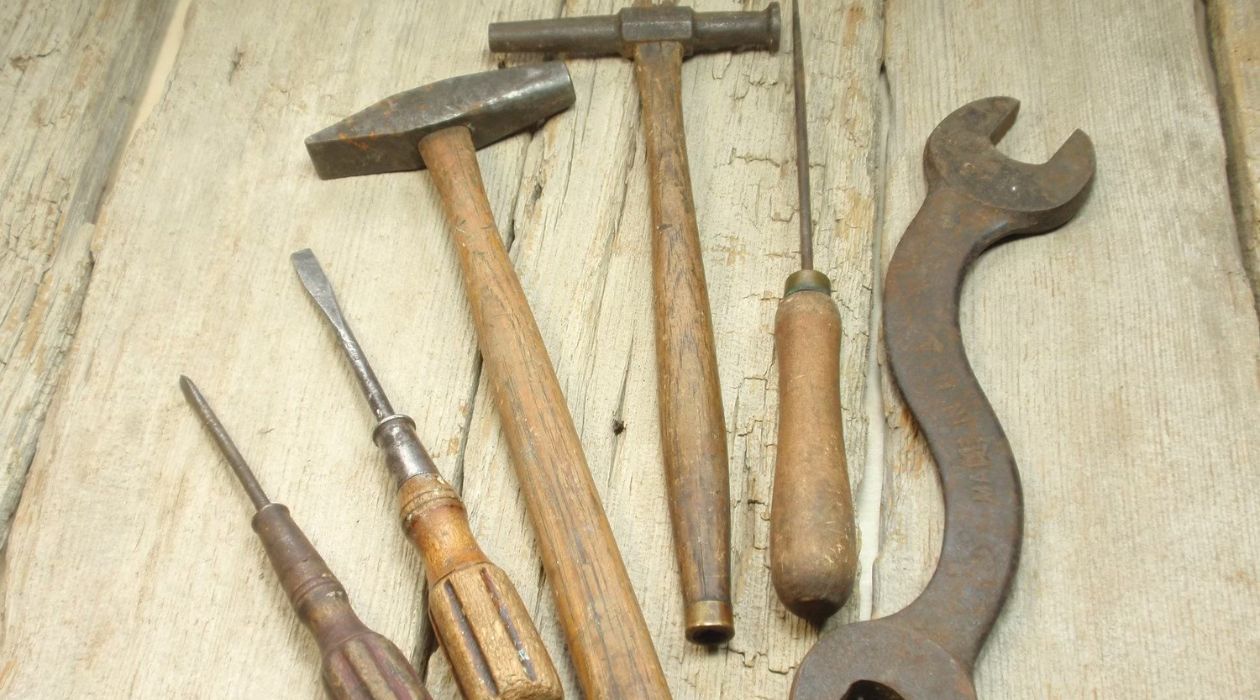

Articles
Why Do Old Hand Tools Stink
Modified: August 31, 2024
Discover the reasons why old hand tools emit an unpleasant odor. Read our insightful articles on this intriguing topic.
(Many of the links in this article redirect to a specific reviewed product. Your purchase of these products through affiliate links helps to generate commission for Storables.com, at no extra cost. Learn more)
Introduction
When you think of old hand tools, what comes to mind? Perhaps memories of your grandfather’s workshop or the collection in your own garage. There’s something nostalgic about using these tools, but there’s also something else that often accompanies them – a distinctive and, let’s be honest, pungent smell.
If you’ve ever wondered why old hand tools stink, you’re not alone. The odor can be musty, earthy, or even slightly metallic. In this article, we’ll explore the reasons behind this mysterious scent and uncover the chemical reactions, biological processes, and environmental factors that contribute to the smell of aging tools.
Key Takeaways:
- Embrace the Nostalgic Charm: Understanding the reasons behind the unique scent of old hand tools can enhance the overall experience of using them, adding a touch of nostalgia and craftsmanship to your DIY projects.
- Care for Longevity: Proper storage, regular maintenance, and suitable lubrication are essential for preserving the functionality and minimizing unpleasant odors in old hand tools, ensuring they last for generations to come.
Read more: How To Display Old Hand Tools
Reasons for the Scent of Old Hand Tools
The scent of old hand tools can be attributed to several factors. One of the main reasons is the chemical reactions that occur over time as the materials in the tools undergo oxidation and degradation. Many hand tools are made of metal, which can rust and corrode, resulting in a distinctive metallic odor. This can be especially pronounced in tools that have been exposed to moisture or humidity.
In addition to chemical reactions, biological processes can also contribute to the smell of old hand tools. When tools are stored in damp or humid environments, they become a breeding ground for mold and bacteria. These microorganisms can break down organic materials in the tools, leading to a musty or earthy odor.
Furthermore, the presence of natural oils and lubricants on the tools can also impact their scent. Over time, these oils can become rancid or develop an unpleasant odor. This is particularly true for tools that have not been properly cleaned and maintained.
It’s worth noting that not all old hand tools have a strong odor. Factors such as the type of material used, the level of exposure to moisture, and the overall condition of the tool can influence the strength and nature of the scent. That being said, it’s not uncommon to encounter a distinctive smell when handling old hand tools, and understanding the reasons behind it can help you better care for and maintain your tools.
Chemical Reactions in Aging Tools
As hand tools age, they undergo various chemical reactions that contribute to their unique scent. One of the primary reactions is oxidation, which occurs when metal tools are exposed to air and moisture. Iron-based tools, such as wrenches or pliers, can develop rust as a result of this reaction. Rust not only affects the appearance and performance of the tool but also adds a distinct metallic smell to it.
In addition to oxidation, other chemical reactions can take place within aging tools. For example, certain metals, like brass or copper, can develop a greenish patina over time due to oxidation. This patina not only alters the appearance of the tool but can also release a slightly musty odor.
Furthermore, the materials used in the construction of the tools can also contribute to their scent. Wooden handles, for instance, can develop a sweet or earthy aroma as the wood ages and interacts with the natural oils present in the user’s hands. This can add a pleasant and nostalgic element to the overall scent of old hand tools.
It’s important to note that while the chemical reactions in aging tools can produce distinct smells, they are generally harmless. However, certain chemical reactions, such as the breakdown of plastic handles or the deterioration of adhesives, can release potentially harmful substances or strong odors. It’s crucial to handle and store tools properly to minimize any potential risks associated with these reactions.
To mitigate the impact of chemical reactions on the scent of aging tools, regular cleaning and maintenance are key. Properly cleaning and drying your tools after use, as well as storing them in a clean and dry environment, can help slow down the oxidation process and prevent the development of unwanted smells. Additionally, lubricating metal parts with a suitable oil or protective coating can help reduce the risk of rust and corrosion while also preserving the tool’s performance and scent.
Effects of Moisture and Humidity on Tool Odor
Moisture and humidity play a significant role in the development of odor in old hand tools. When tools are exposed to high levels of moisture or stored in a humid environment, they become susceptible to mold and bacterial growth. These microorganisms can break down organic materials in the tools, resulting in a musty or earthy smell.
Mold, in particular, thrives in damp and humid conditions. It not only produces an unpleasant odor but can also pose health risks. Breathing in mold spores can trigger allergies, respiratory issues, and other potential health complications. Therefore, it’s crucial to prevent mold growth on hand tools by keeping them dry and maintaining proper ventilation in storage areas.
Furthermore, moisture can accelerate the oxidation process in metal tools, leading to rust and corrosion. Rust not only affects the appearance and functionality of the tool but also contributes to a distinct metallic smell. This smell can become more pronounced in tools that are constantly exposed to moisture or humid conditions.
To control the effects of moisture and humidity on hand tool odor, there are several preventative measures you can take. Firstly, it’s essential to store your tools in a clean, dry, and well-ventilated area. Avoid areas prone to moisture, such as basements or damp garages. If you live in a particularly humid environment, consider using a dehumidifier to maintain optimal moisture levels in your storage space.
Additionally, regular maintenance and cleaning are crucial to prevent the buildup of moisture on your tools. After each use, thoroughly dry your tools and ensure they are free of any moisture before storing them. If you encounter any signs of rust or corrosion, address the issue promptly by removing the rust and applying a protective coating to prevent further damage.
By controlling moisture and humidity levels and implementing proper maintenance techniques, you can minimize the development of unpleasant smells in your old hand tools. This not only improves the overall lifespan and functionality of your tools but also ensures a more pleasant experience when using them.
Biological Processes and Mold Growth
One of the main culprits behind the odor of old hand tools is the growth of mold and other microorganisms. Mold thrives in damp and humid environments, making tools stored in such conditions highly susceptible to mold growth. The presence of mold not only produces an unpleasant smell but can also pose health risks.
Mold spores are present everywhere in the environment and can easily settle on the surface of tools. When exposed to moisture, these spores can quickly grow and multiply, leading to the formation of visible mold patches. These patches will release a musty and sometimes earthy smell, which can be quite overpowering.
In addition to the odor, mold growth on hand tools can lead to several health problems. Breathing in mold spores can cause allergic reactions, respiratory issues, and even infections in individuals with compromised immune systems. Therefore, it’s crucial to take the necessary steps to prevent mold growth on your tools.
To prevent mold growth, it’s essential to keep your hand tools as dry as possible. After use, wipe off any moisture or residue and ensure the tools are thoroughly dry before storing them. If you notice any signs of mold on your tools, such as black or green patches, it’s important to address the issue promptly.
To remove mold from hand tools, start by cleaning the affected areas with a mixture of one part water and one part vinegar or hydrogen peroxide. Scrub gently using a soft brush or cloth, and then rinse the tool with clean water and thoroughly dry it. If the mold growth is severe or persistent, you may need to consult with a professional for further assistance.
Prevention is always better than cure when it comes to mold growth. Here are some additional tips to help prevent mold on your hand tools:
- Avoid storing tools in areas prone to high humidity and moisture, such as basements or garages with poor ventilation.
- Use moisture-absorbing products, such as desiccant packets or silica gel, in your tool storage areas to control humidity levels.
- Regularly inspect your tools for any signs of moisture, rust, or mold, and address the issues immediately.
- Consider using a dehumidifier in your storage space to maintain optimal humidity levels.
- Properly clean and dry your tools after use, paying extra attention to areas that may trap moisture.
By implementing these measures, you can minimize the risk of mold growth on your hand tools and ensure a clean and pleasant experience every time you use them.
To remove the smell from old hand tools, try soaking them in a mixture of warm water and vinegar for a few hours, then scrubbing them with a mixture of baking soda and water. Finally, rinse and dry thoroughly.
Read more: What Are Old Hand Tools Made Out Of
The Role of Natural Oils and Lubricants
Natural oils and lubricants play a vital role in the function and preservation of hand tools. They provide smooth operation, reduce friction, and protect against rust and corrosion. However, these oils and lubricants can also contribute to the unique scent of old hand tools when they are not properly maintained or when they undergo deterioration over time.
Many hand tools, such as wrenches, pliers, and saws, have metal parts that require lubrication to perform optimally. Oils, such as mineral oil or machine oil, are commonly used for this purpose. These oils can have a distinct odor, which can be more pronounced as the oils age or become rancid.
Over time, natural oils can break down and oxidize, resulting in an unpleasant smell. This can happen when the oils are exposed to air, heat, or moisture. If your tools have wooden handles, the natural oils from your hands can also permeate the wood, adding to the overall scent of the tool.
Proper maintenance and care are essential to prevent the deterioration of natural oils and lubricants on hand tools. Regularly cleaning and lubricating your tools can help remove dirt, grime, and old lubricants that may contribute to an unpleasant smell.
To clean your hand tools, start by wiping off any excess dirt or debris with a clean cloth. Then, use a mild detergent and warm water to remove any stubborn stains or residue. Dry the tools thoroughly to prevent moisture buildup, which can lead to rust or mold growth.
Once your tools are clean, apply a suitable lubricant to the moving parts. Be sure to use a lubricant specifically designed for hand tools, as certain oils or greases may not be suitable for all materials. Applying a light coat of oil will not only ensure smooth operation but also help protect against rust and corrosion.
If you notice a strong or unpleasant smell coming from your hand tools despite proper cleaning and lubrication, it may be a sign of rancid oil or other underlying issues. In this case, consider replacing the old oil with fresh lubricant and evaluating the condition of the tool for any further maintenance or repairs.
By properly maintaining and lubricating your hand tools with suitable oils, you can extend their lifespan, improve their performance, and minimize any undesirable odors associated with aged lubricants.
Dealing with and Preventing Unpleasant Odors
Unpleasant odors in old hand tools can detract from the overall experience of using them. However, there are several steps you can take to deal with and prevent these odors, ensuring a more enjoyable and comfortable experience in your workshop or garage.
One of the first steps in dealing with unpleasant odors is to thoroughly clean your hand tools. Remove any dirt, grease, or residue that may be contributing to the smell. Use a mild detergent and warm water, along with a soft brush or cloth, to scrub the tools gently. Rinse them thoroughly and dry them completely before storing them.
You can also use an odor-neutralizing spray or wipe to remove any lingering smells on the surface of your tools. These sprays or wipes are designed to eliminate odors rather than just masking them, providing a fresh scent after use.
To prevent future odors, it’s important to store your hand tools properly. Keep them in a clean, dry, and well-ventilated area. Avoid storing them in damp or humid environments, as this can contribute to mold growth and the development of musty odors. If possible, use a storage solution that offers protection against moisture, such as airtight containers or toolboxes with built-in moisture-absorbing materials.
Regular maintenance of your hand tools is crucial for preventing unpleasant odors. Clean and dry your tools thoroughly after each use to remove any moisture or debris that can contribute to odor development. Additionally, inspect your tools regularly for any signs of rust, corrosion, or mold growth, and address those issues promptly to prevent them from worsening.
Proper lubrication is another key factor in preventing odors in hand tools. Lubricate the moving parts with suitable oils or lubricants to reduce friction and protect against rust. Ensure that you are using the correct lubricant for the specific materials and application of your tools. Avoid over-lubrication, as excess oil can attract dirt and debris, leading to unpleasant smells over time.
Lastly, consider using odor-absorbing materials in your storage area. Products such as activated charcoal, baking soda, or silica gel can help absorb and neutralize odors in the surrounding environment. Place these materials near your hand tools to help maintain a fresh and odor-free atmosphere.
By implementing these strategies and taking proactive steps to maintain and care for your hand tools, you can effectively deal with and prevent unpleasant odors. This will not only enhance your overall experience but also prolong the lifespan and performance of your beloved tools.
Proper Storage and Maintenance of Hand Tools
Proper storage and maintenance are essential for preserving the functionality, longevity, and overall condition of your hand tools. By following these best practices, you can ensure that your tools remain in optimal shape and minimize the chances of encountering unpleasant odors or other issues.
One of the most important aspects of proper tool storage is keeping them clean and dry. After each use, remove any dirt, debris, or moisture from the tools. Use a soft brush or cloth to wipe away any residue, and if necessary, gently clean the tools with a mild detergent and warm water. Remember to dry them thoroughly to prevent the buildup of moisture, which can lead to rust or mold growth.
When storing your hand tools, it’s best to keep them in a clean, dry, and well-ventilated area. Avoid storing them in areas prone to humidity, such as basements or garages with poor ventilation, as this can promote the development of unpleasant odors or cause damage to the tools. If possible, consider using a climate-controlled storage solution or dehumidifier to maintain optimal conditions.
Investing in proper tool storage solutions can also make a significant difference in maintaining the condition of your hand tools. Toolbox organizers, foam inserts, or wall-mounted tool racks can help keep your tools organized, protected, and easily accessible. Individual tool cases or sleeves can provide additional protection, especially for delicate or specialty tools.
Regular maintenance is crucial for the longevity of your hand tools. Inspect them periodically for any signs of wear, damage, or rust. If you notice any issues, address them promptly to prevent them from worsening. Replace damaged or worn-out parts and clean and lubricate the tools as necessary to keep them in optimal working condition.
Proper lubrication is particularly important for metallic hand tools. Applying a suitable lubricant to the moving parts reduces friction, prevents rust, and prolongs their lifespan. Be sure to use lubricants specifically designed for hand tools and follow the manufacturer’s recommendations for application frequency and quantity.
Additionally, it’s essential to follow proper usage guidelines and handle your hand tools with care. Avoid using excessive force or torque that may damage the tools and always use the correct tool for the job at hand. Misusing or abusing your tools can lead to premature wear, reduced performance, and potential safety hazards.
Finally, regular sharpening and honing of cutting tools is vital to maintain their effectiveness. Dull cutting edges not only make your work more difficult but also put unnecessary strain on the tool and increase the risk of accidents. Use sharpening stones or other appropriate tools to keep your blades sharp and ready for use.
By implementing these storage and maintenance practices, you can prolong the lifespan of your hand tools, prevent unpleasant odors, and ensure that they remain in top-notch condition for years to come. Proper care and attention to your tools will not only enhance their performance but also contribute to a more enjoyable and efficient tooling experience.
Conclusion
Old hand tools carry a distinct scent that invokes nostalgia and memories of craftsmanship. Understanding the reasons behind the odor and taking steps to deal with and prevent unpleasant smells can enhance the overall experience of using these tools. Chemical reactions, moisture, mold growth, and natural oils all play a role in the development of tool odor.
Chemical reactions, such as oxidation and patina formation, contribute to the metallic and musty scents in aging tools. Moisture and humidity can accelerate these reactions and lead to mold growth, resulting in a musty or earthy smell. Natural oils used as lubricants can add to the scent, especially when they become rancid or deteriorate over time.
To deal with and prevent unpleasant odors, it’s essential to take proper care of your hand tools. This includes regular cleaning and drying, storing them in a clean and dry environment, and using suitable lubricants and maintenance techniques. Proper tool storage, regular maintenance, and following usage guidelines also contribute to the longevity and performance of your tools.
By employing these practices and being proactive in caring for your hand tools, you can maintain their functionality, prevent unpleasant odors, and ensure that they last for generations to come. With the proper storage and maintenance, your old hand tools will not only retain their nostalgic charm but also be ready to tackle any DIY project or woodworking endeavor that comes your way.
Frequently Asked Questions about Why Do Old Hand Tools Stink
Was this page helpful?
At Storables.com, we guarantee accurate and reliable information. Our content, validated by Expert Board Contributors, is crafted following stringent Editorial Policies. We're committed to providing you with well-researched, expert-backed insights for all your informational needs.
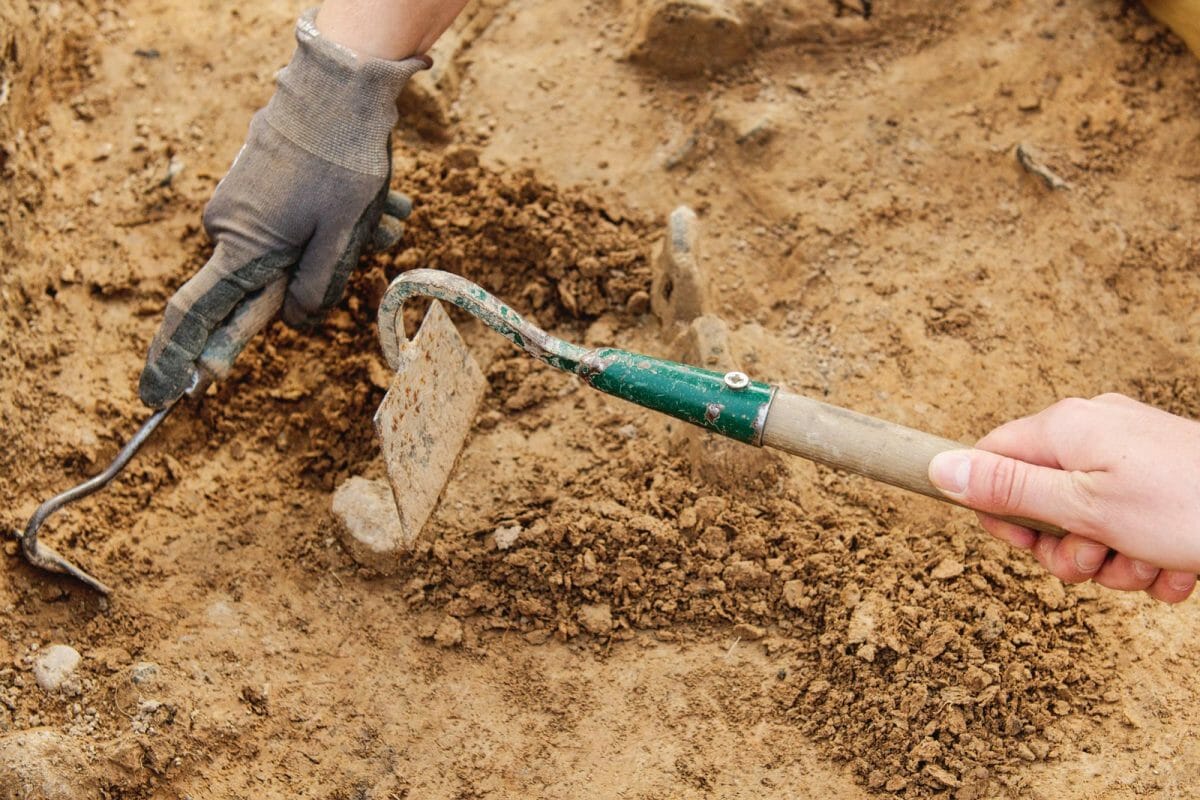
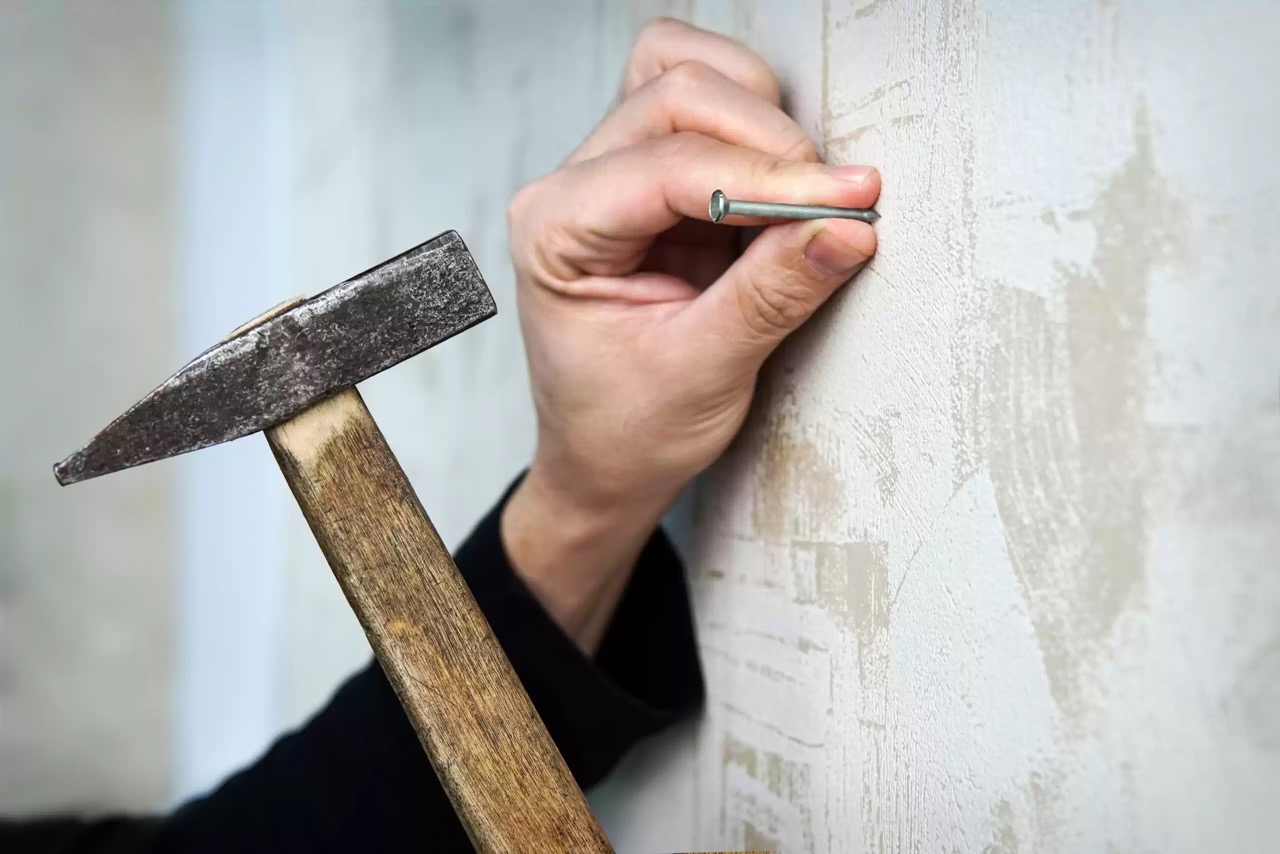
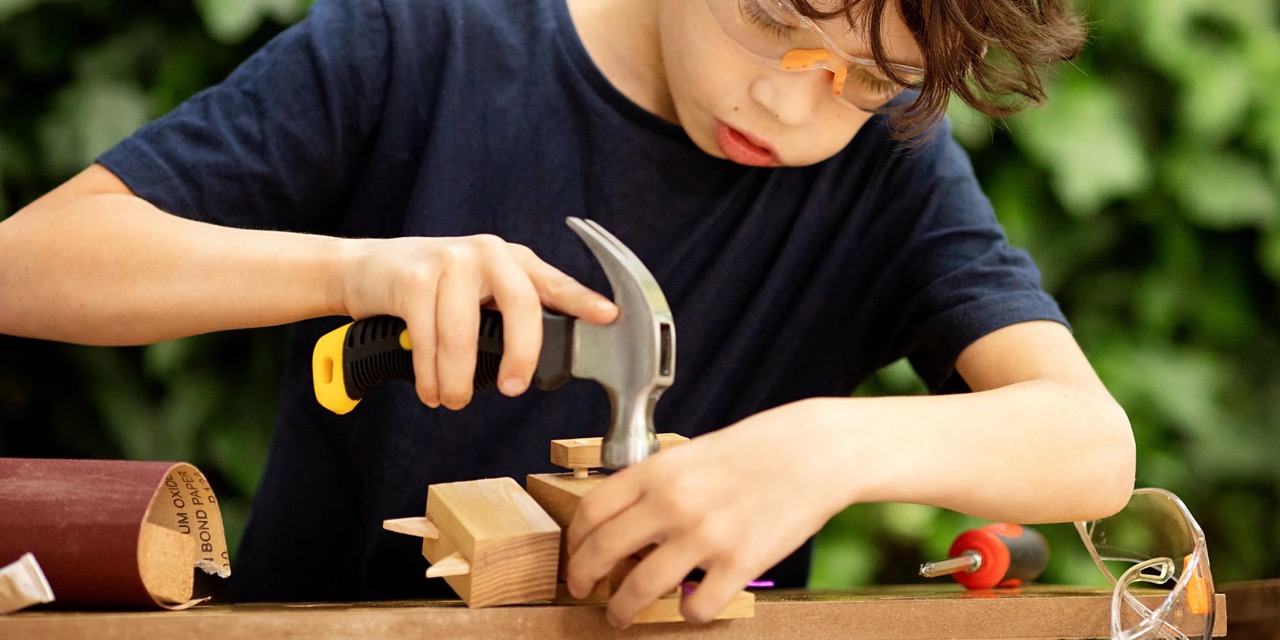
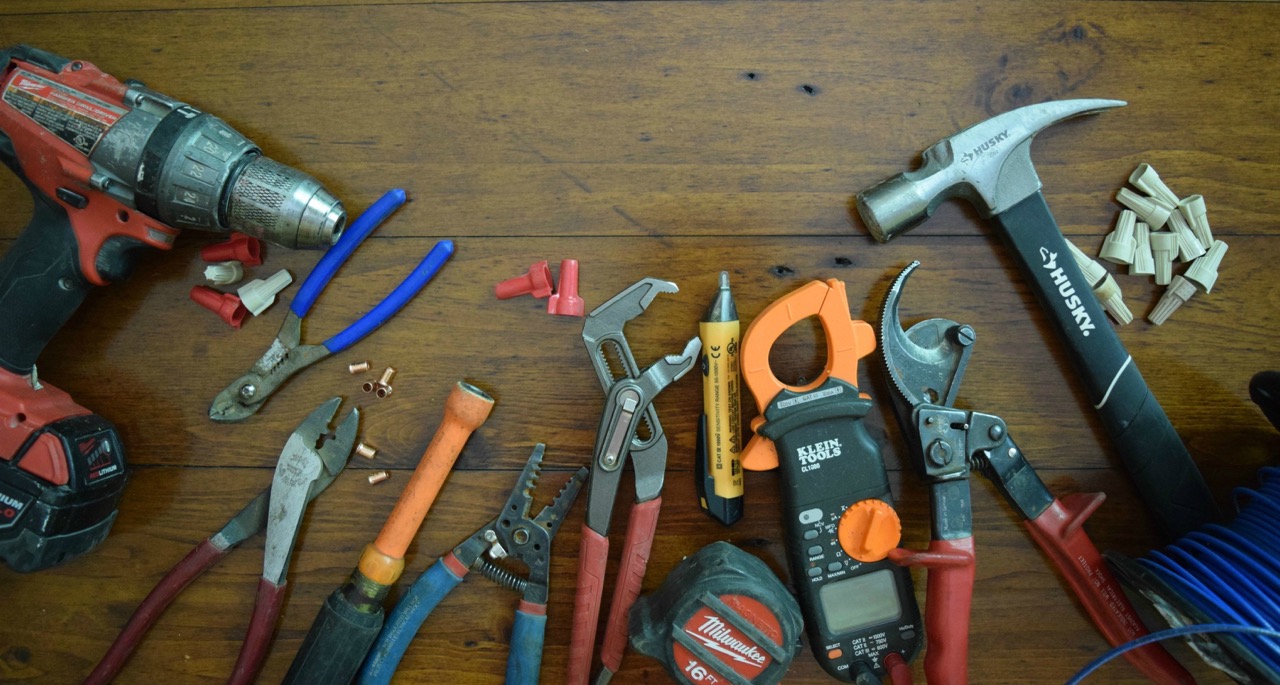
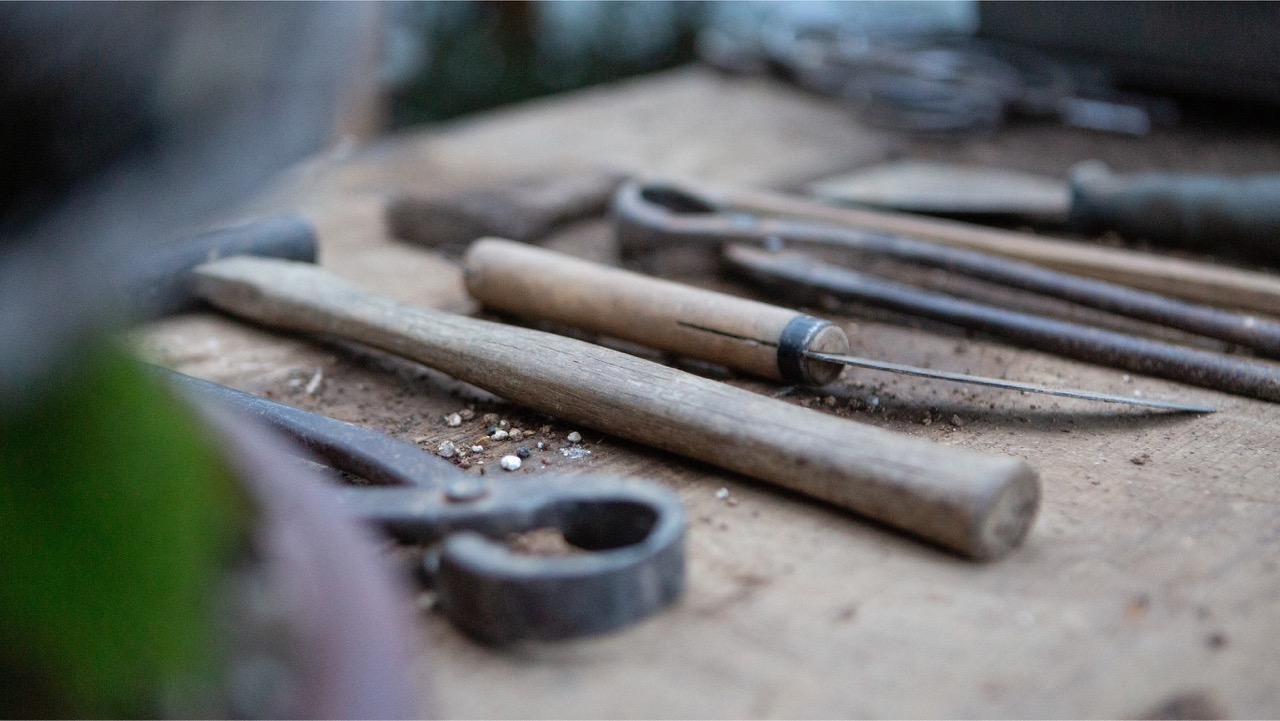
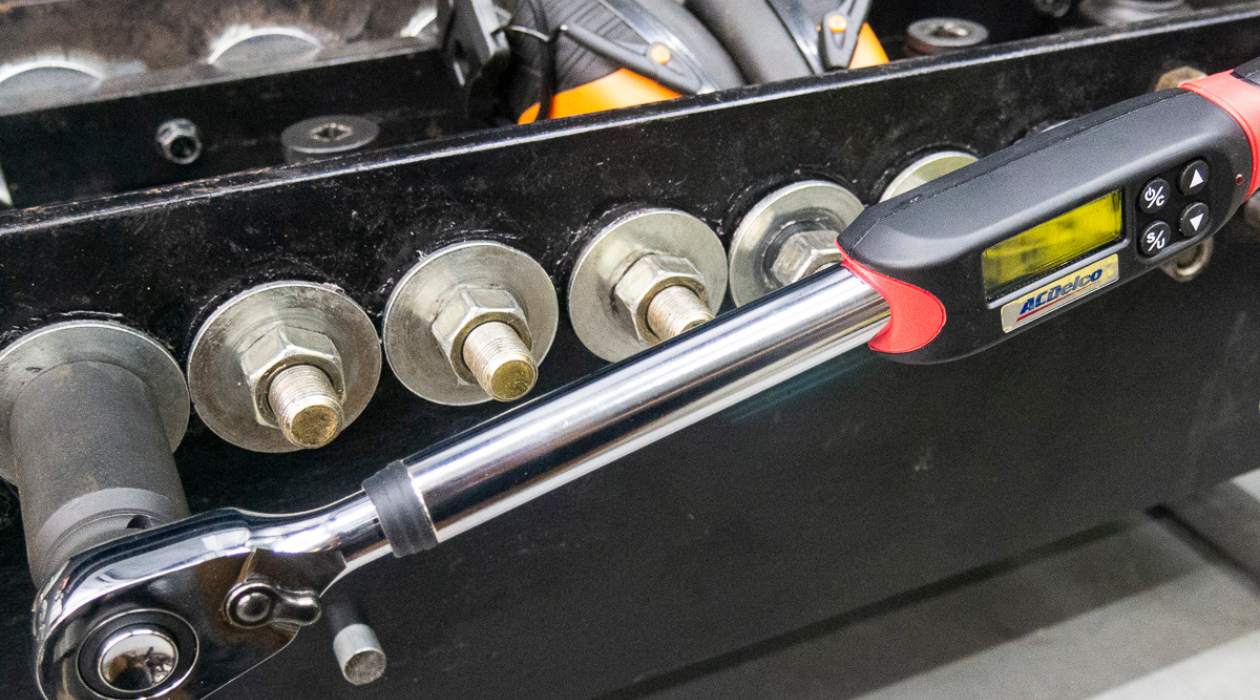
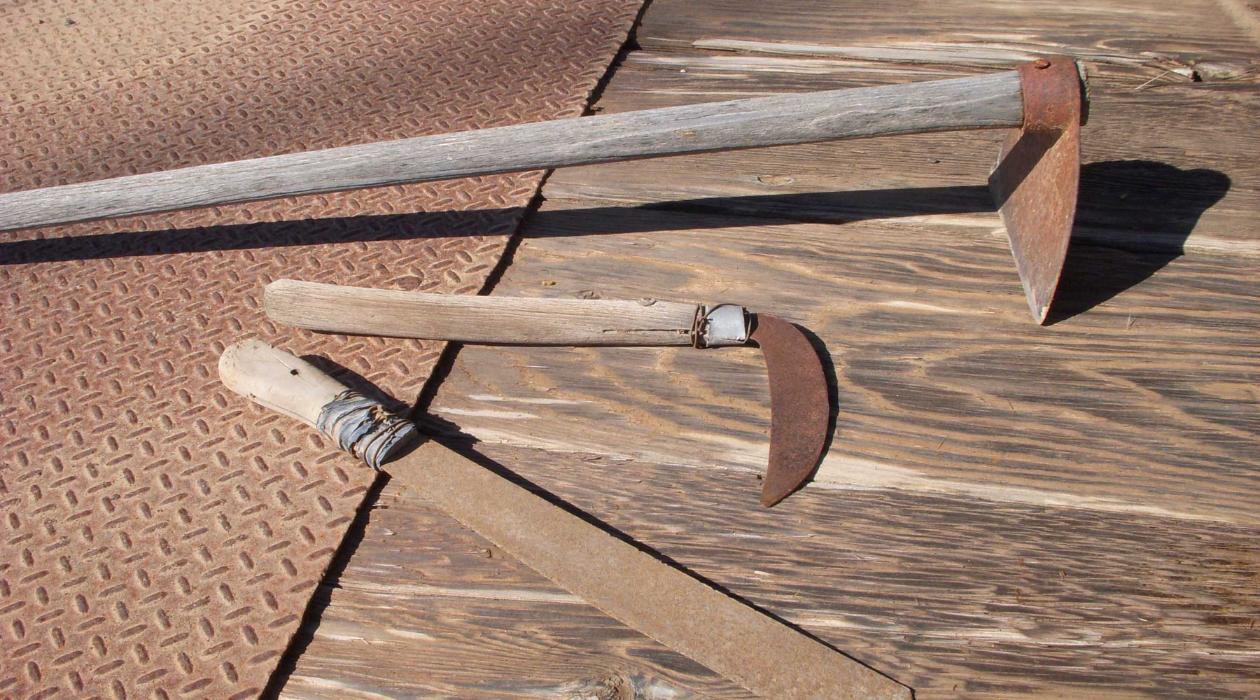
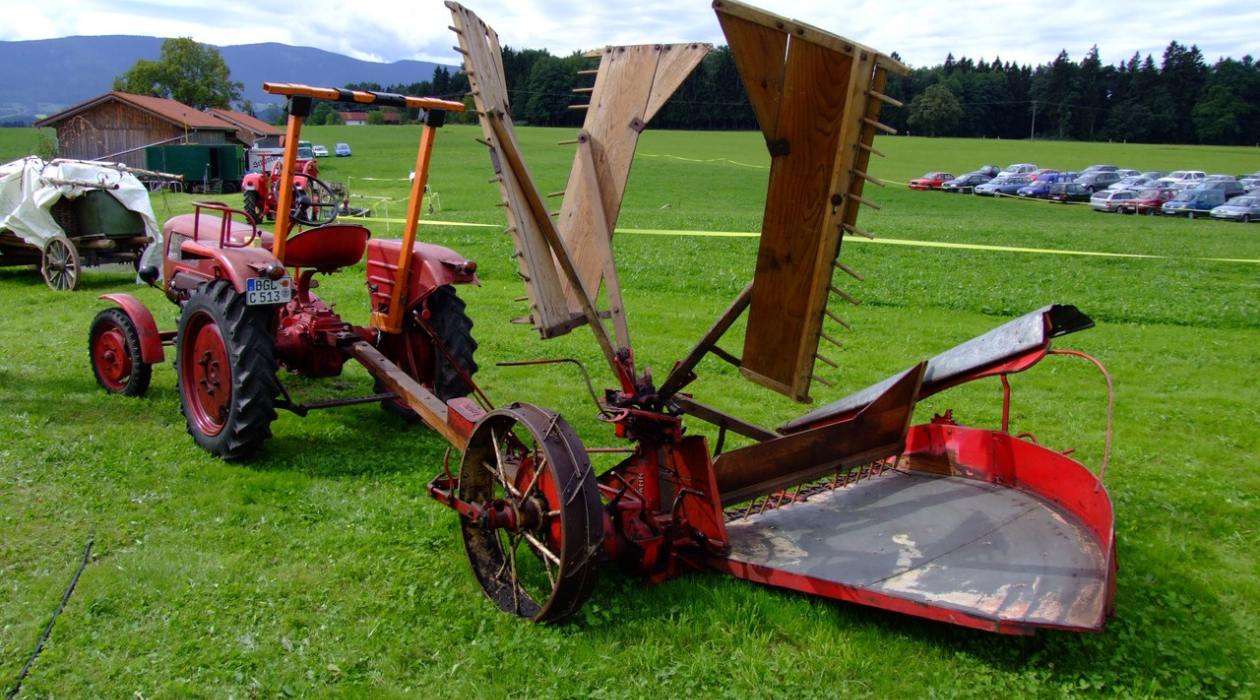
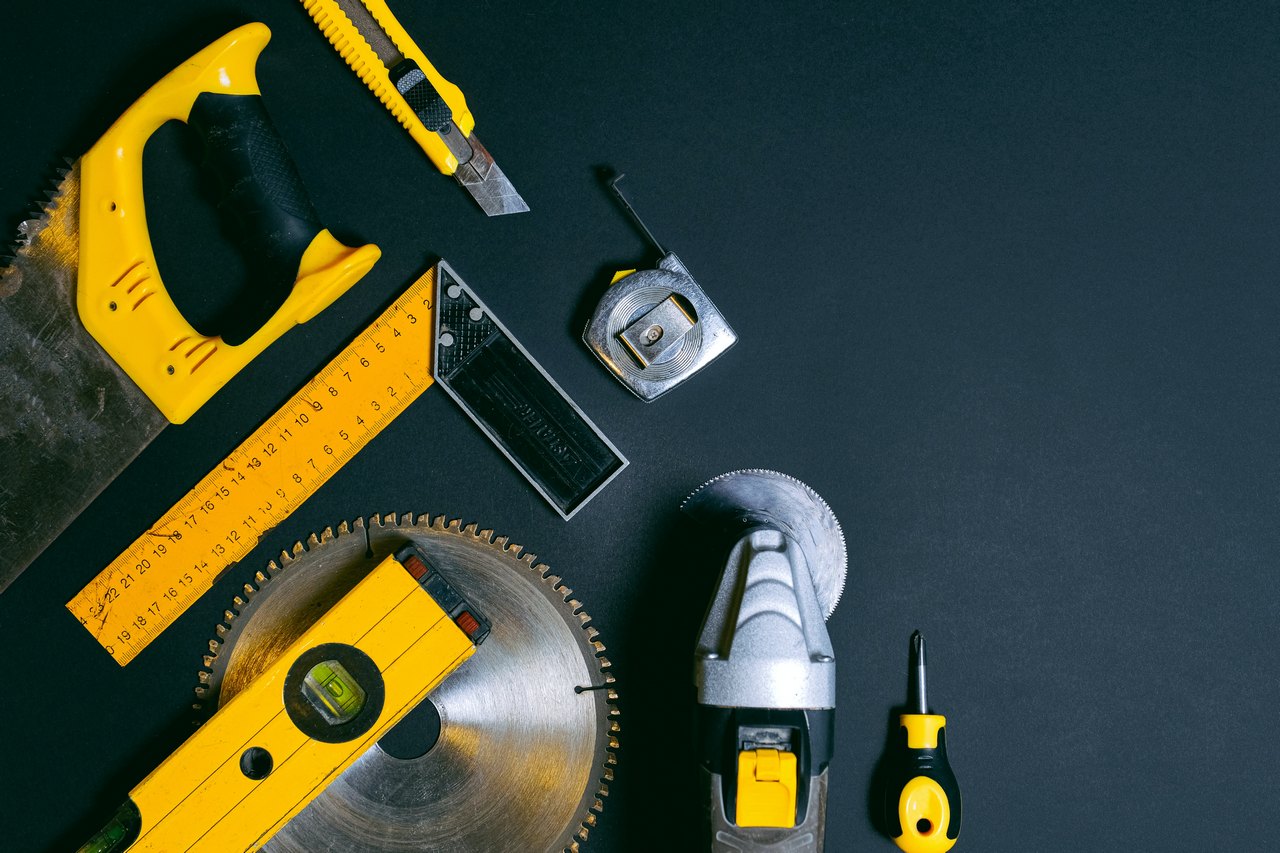
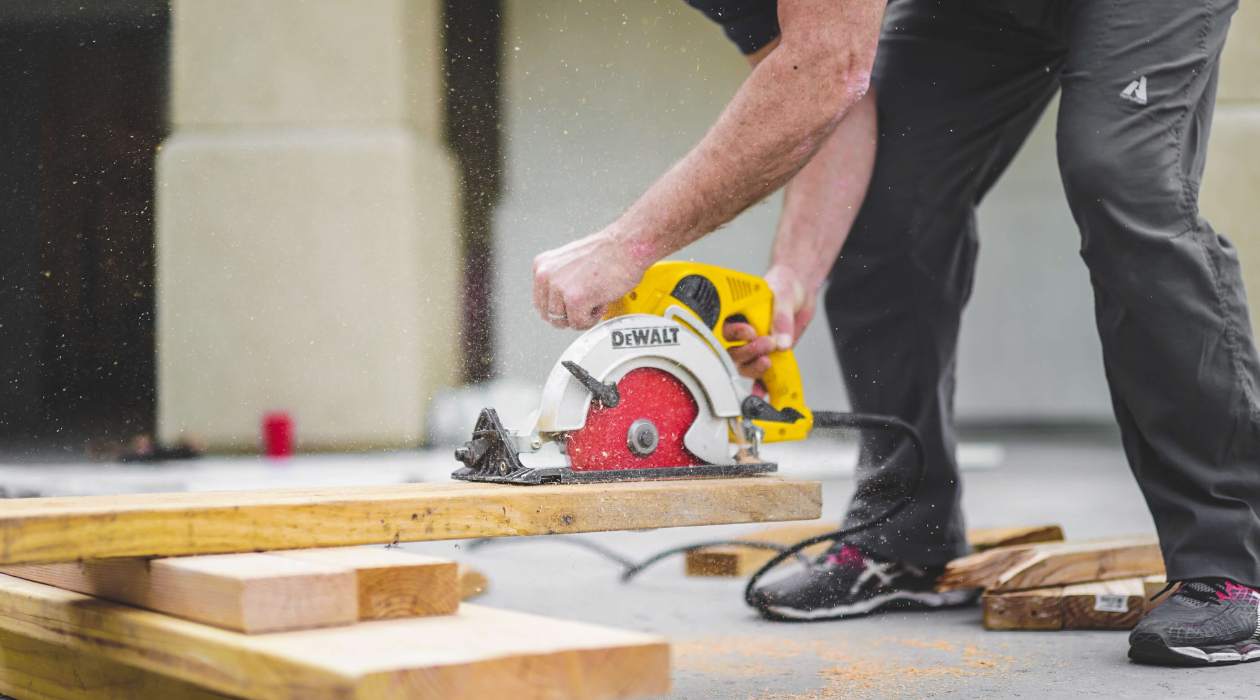
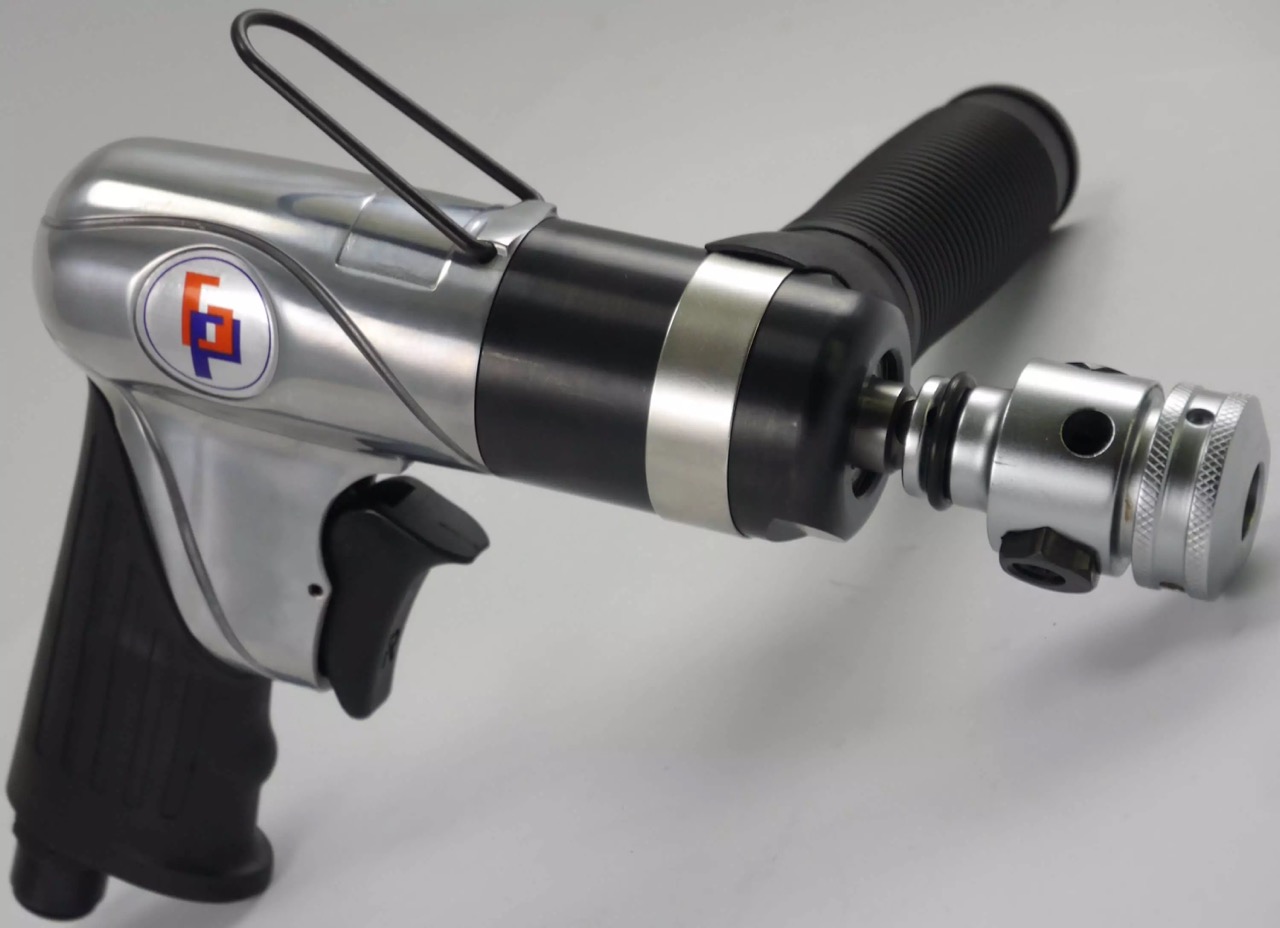


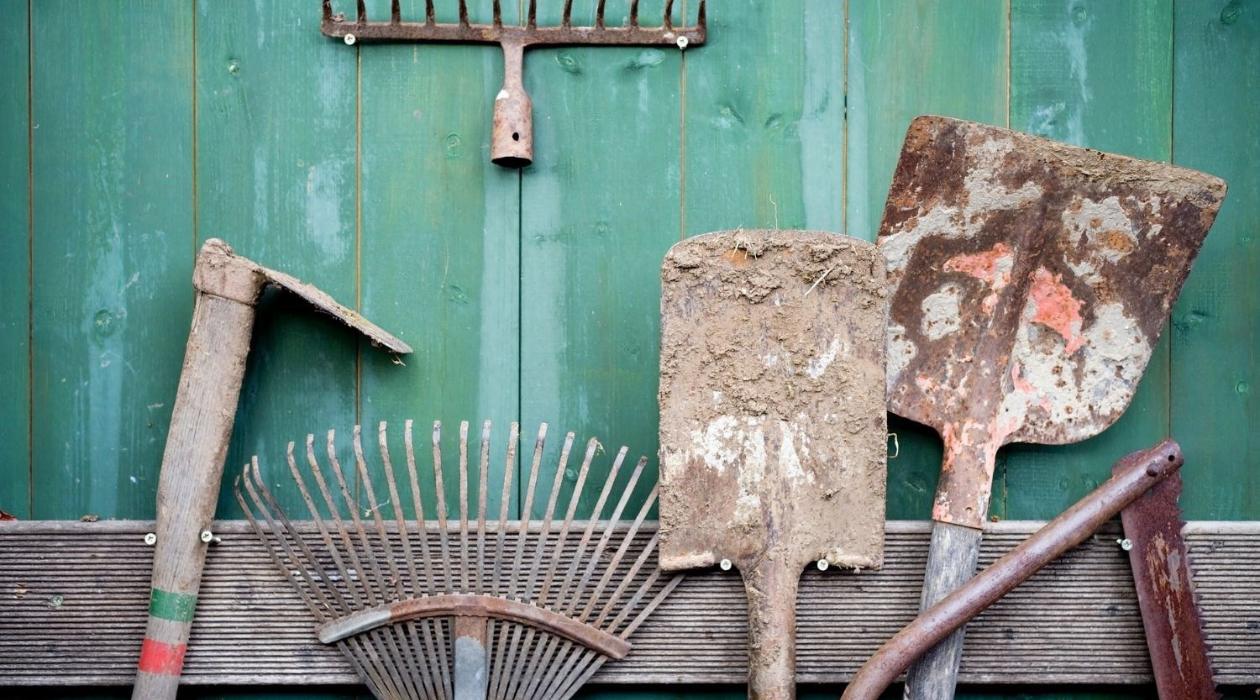

0 thoughts on “Why Do Old Hand Tools Stink”